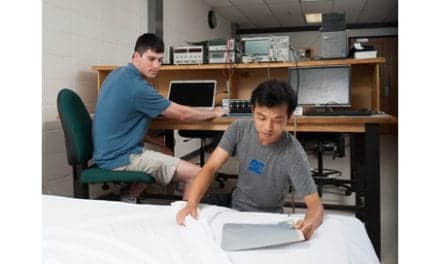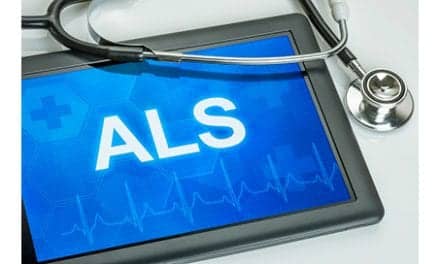In a recent study, researchers demonstrated how mesenchymal stem cells (MSCs) engineered to overexpress basic fibroblast growth factor (bFGF) may help accelerate the healing of hip fractures in mice.
“There are a handful of methods to chemically enhance the fracture healing process, but they have serious limitations,” says study leader Wei Yao, MD, associate director of the UC Davis Center for Musculoskeletal Health, in a media release from AlphaMed Press. “Side effects range from inflammation and abnormal bone formation to cancer. Thus, there is still an unmet medical need to treat fractures and shorten the time for bone healing.”
“This led us to wonder if a combination of gene and cell therapies would work together to accelerate fracture repair and possibly be more effective than individual growth factors given systemically,” she continues.”
Yao and her team from the University of California at Davis Medical Center in Sacramento, Calif, as well as researchers from Second Xiangya Hospital of the Central-South University in Hunan, China, conducted the study. It was published recently in STEM CELLS Translational Medicine.
In their study, the researchers collected MSCs from the adipose (fat) tissue of mice, then they engineered the MSCs to make more of the growth factor bFGF. They then generated a fracture in the right femur of each animal and injected the mouse’s genetic background-matched MSCbFGF back into it next to the site of the fracture.
“Because MSCs given intravenously are likely to be trapped in the lung, we used intramuscular injection to bypass the risk of lung embolism,” Yao says.
The mice were tested at days 7, 14, 21 and 35 post-fracture for various aspects of bone repair. Results indicated that the MSCbFGF led to an increased production of growth factors that, in turn, accelerated fracture repair by stimulating blood vessel growth and differentiation of both endogenous and exogenous MSCs into osteoblasts, which are the cells that form new bone, the release explains.
“We concluded that transplantation of MSCs is more likely to enhance bone and cartilage regeneration when these cells were engineered to express growth factors—a finding that supports the use of MSCs as ‘factories’ to more safely produce a sustained release of low levels of bFGF over a controlled period for injury repair,” Yao continues.
Our findings also indicate that the potential therapeutic window for effective MSCbFGF use is approximately 1 to 2 weeks. This novel treatment may reduce the time required for fracture healing,” she concludes in the release.
[Source(s): AlphaMed Press, PRWeb]





